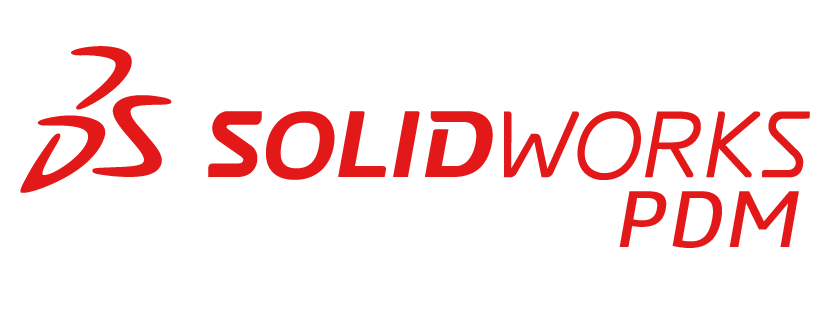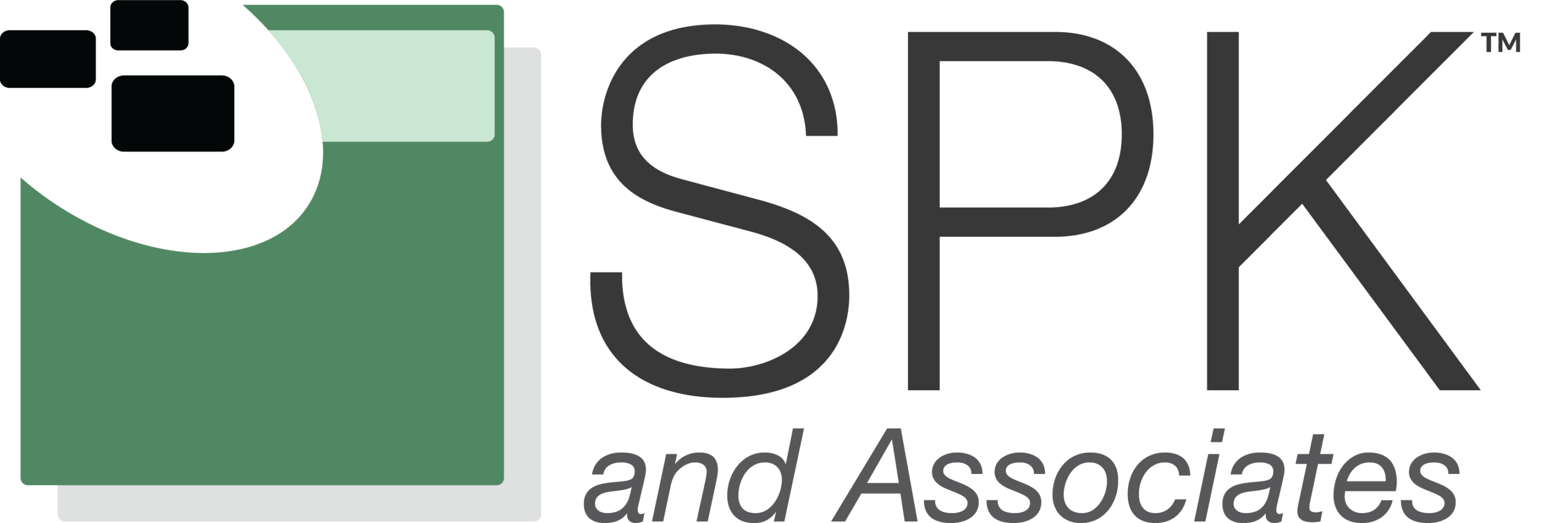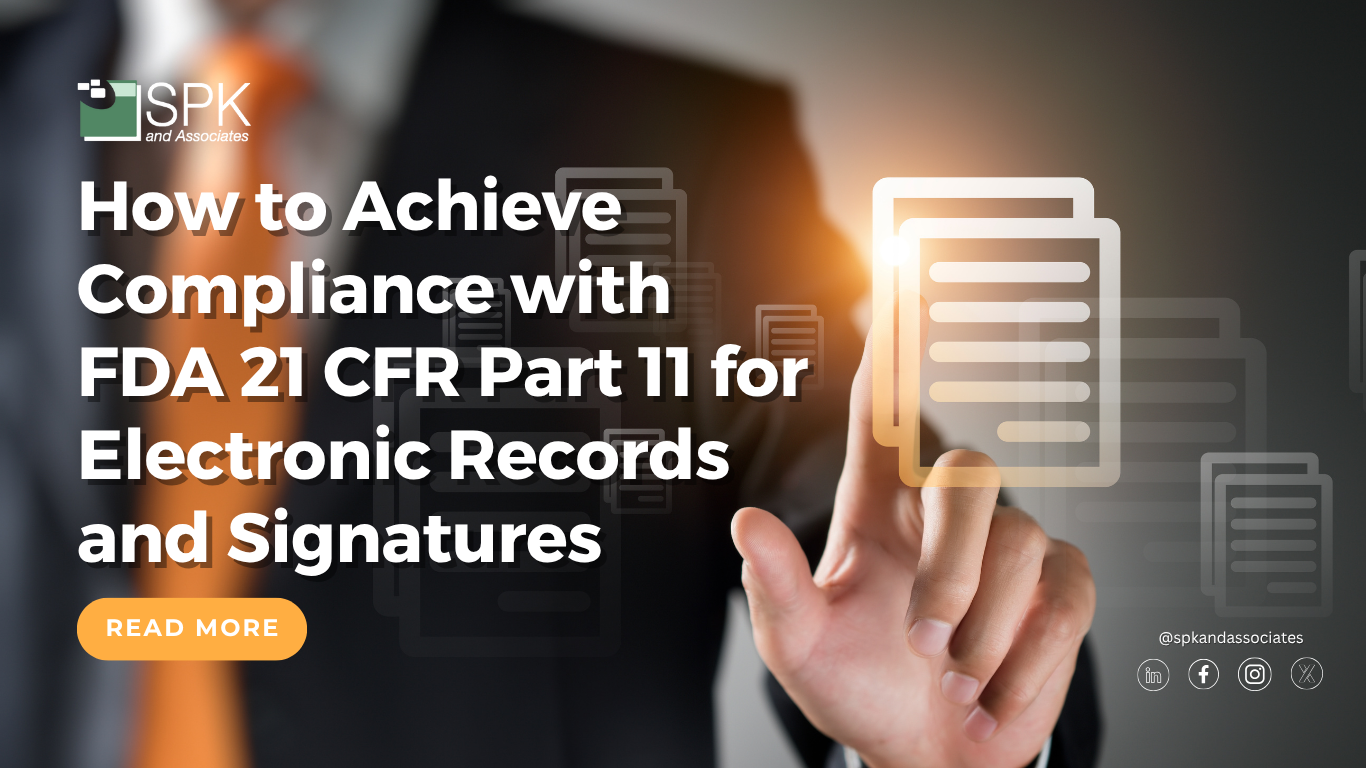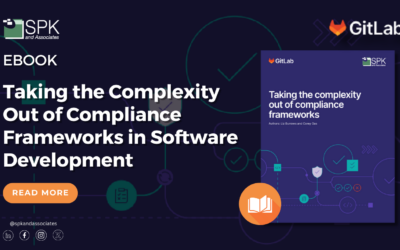In highly regulated industries like medical devices, maintaining data integrity and regulatory compliance is non-negotiable. One of the key regulations in this space is FDA 21 CFR Part 11, which governs the use of electronic records and electronic signatures. It allows businesses to go digital without compromising on security, authenticity, or accountability. Whether you’re managing product development, quality processes, or regulatory submissions, understanding how to comply with Part 11 is essential. Fortunately, modern systems are designed to help you meet these stringent requirements. In this blog, we’ll break down what it takes to be compliant and which platforms can support your journey.
Achieving FDA 21 CFR Part 11 Compliance with Electronic Records and Signatures
FDA 21 CFR Part 11 outlines the criteria under which the FDA considers electronic records and signatures to be trustworthy, reliable, and equivalent to paper records and handwritten signatures. To comply, your systems must meet several technical and procedural requirements:
Linkage to Records
Electronic signatures must be securely and permanently associated with their corresponding records. This prevents tampering and ensures traceability.
Identity Verification
Signers must be uniquely identifiable. Systems typically use secure login methods such as username/password combinations, ID cards, or biometrics to verify user identity.
Timestamping
Each signature must include the exact date and time of execution. This helps establish an audit trail and proves when actions were taken.
Signature Meaning
The system must capture the intent behind the signature to give context to the action taken. This can be approval, review, or authorship.
Non-Repudiation Letter
Organizations must submit a letter of non-repudiation to the FDA, certifying that their electronic signatures are legally binding and equivalent to handwritten ones.
System Security and Audit Trails
Compliant systems must restrict access through unique credentials, log access attempts, and maintain full audit trails that show who did what and when.
Systems that Support 21 CFR Part 11 Compliance
Several modern platforms come with built-in support for electronic records and signatures, while others can be configured to meet compliance requirements. Here’s a breakdown:

Systems with Native 21 CFR Part 11 Support
- PTC Windchill offers out-of-the-box support for electronic signatures, audit trails, and access controls. It is widely used in regulated industries to manage product lifecycle and quality documentation.
- PTC Windchill RV&S (formerly Integrity Lifecycle Manager) supports electronic signatures for activities like design control, requirements tracking, and test traceability. It is highly configurable for compliance.
- PTC Codebeamer is designed for regulated development. It includes robust e-signature functionality, traceability matrices, and complete audit trails. These are all ideal for medical device development and compliance.
- Greenlight Guru is a purpose-built QMS for medical devices. It fully supports 21 CFR Part 11 with electronic signatures, validations, and secure audit trails.
Systems That Can Be Configured for Compliance
Jira does not natively meet Part 11 standards. However, users can achieve compliance through third-party apps, custom workflows, and process controls. Signature capture and audit logging require configuration and add-ons.


Solidworks PDM has audit trail functionality and can be configured to meet some elements of 21 CFR Part 11. However, features like electronic signature authentication typically require customization or integration with other tools.
FDA 21 CFR Part 11 Compliance for Your Organization
Electronic records and signatures offer immense advantages. These include streamlining documentation, improving traceability, and enabling faster decision-making in regulated environments. However, with these benefits comes the responsibility to ensure compliance with FDA 21 CFR Part 11. By choosing the right systems, such as PTC Windchill, Codebeamer, or Greenlight Guru, your organization can meet FDA requirements while modernizing your operations. Just remember: compliance isn’t about the tool alone. It’s about how you implement, validate, and use the system in alignment with regulatory expectations. If you’re navigating the complexities of FDA compliance, our team can help you find the right path to digital transformation. Reach out today to configure your current tools or implement new ones.







